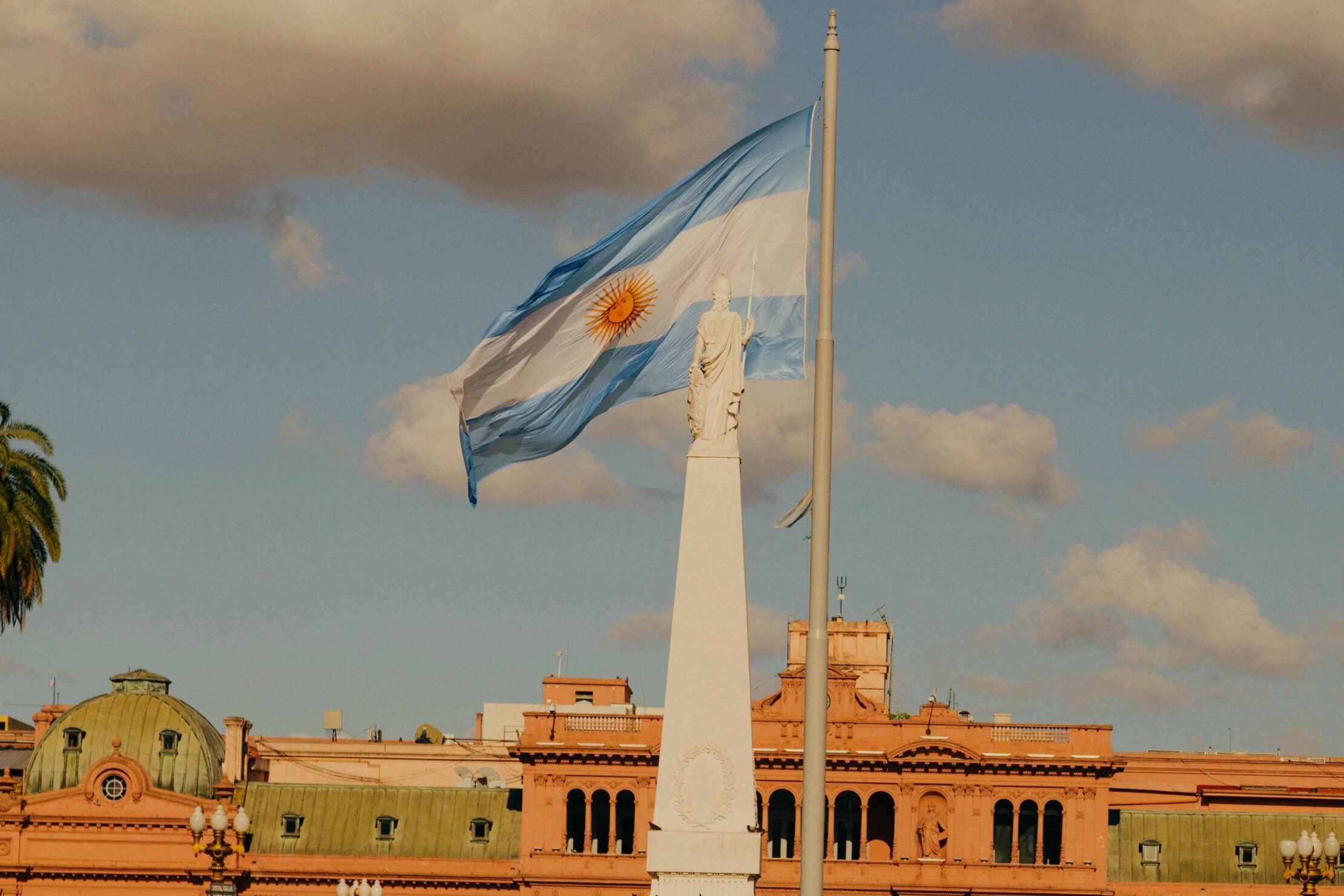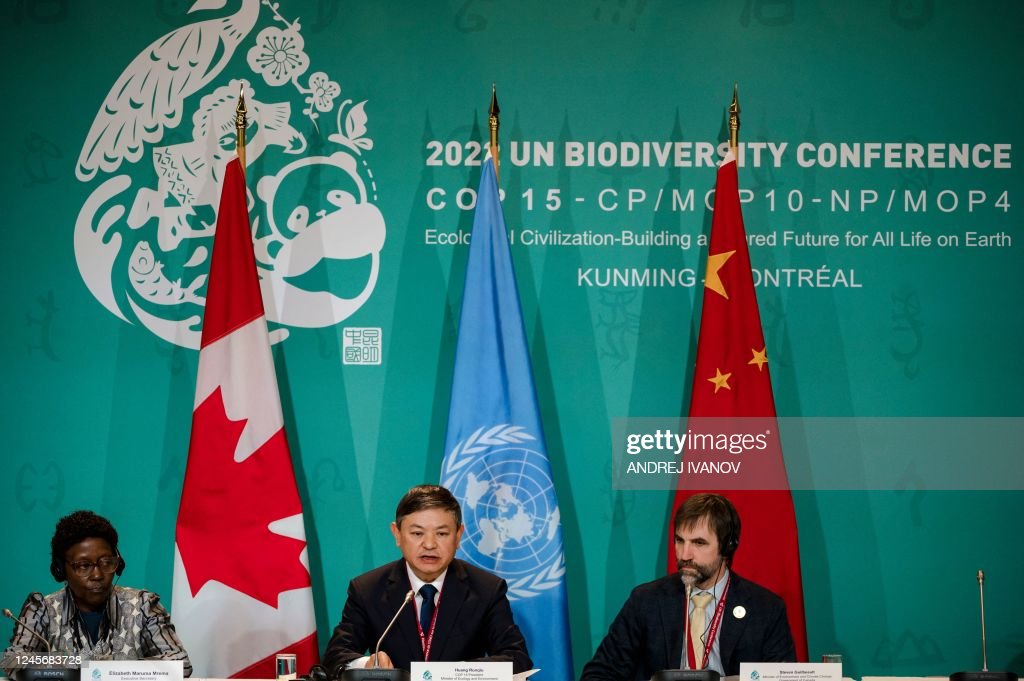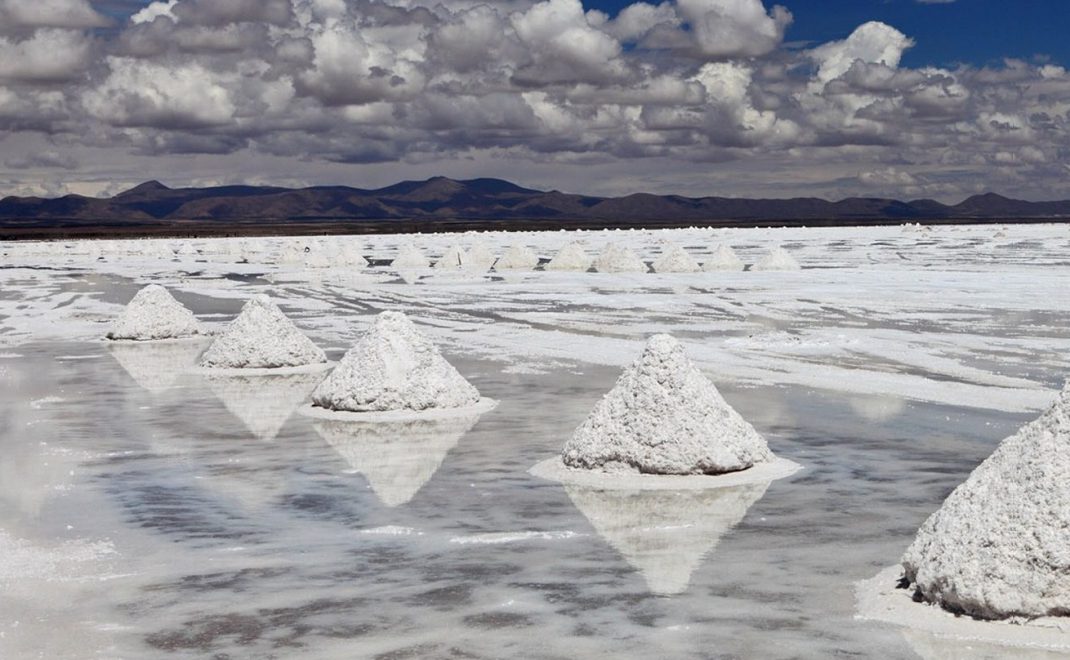Argentina is in the midst of its presidential election process, and the recent primaries on 13 August saw economist Javier Milei emerge as the leading candidate.
Milei transitioned into the political arena a few years ago, gaining recognition through his harsh critiques of the political establishment, which garnered significant attention in both traditional media and on social platforms.
Currently, he serves as a member of parliament and is the founder of his own political party, La Libertad Avanza, which secured nearly 30 per cent of the vote despite lacking a comprehensive organisational structure and representation in many regions across the country.
Milei’s rhetoric during his numerous media appearances and campaign events has stirred considerable controversy. Among other statements, he has advocated for unrestricted civilian access to firearms, the sale of organs for transplant purposes and the abolition of public education and health care. In a staunch defence of the free market, he has gone as far as to claim that should he come to power, companies will be permitted to pollute a river without restrictions.
According to him, climate change is “a lie of socialism.”
In the weeks leading up to the general elections, set for 22 October, where Argentina’s next president, who will succeed the current Peronist government’s candidate Sergio Massa, is yet to be determined, there looms a cloud of uncertainty surrounding the direction of environmental policy in this vast and ecologically diverse Latin American nation.
Scientists, environmentalists and activists in the country are currently evaluating the most effective ways to navigate a potential Milei presidency.
“CARING FOR NATURE IS NOT JUST FOR HIPPIES AND ACADEMICS”
A recent study conducted by more than 80 scientists from around the world highlights the significance of considering nature’s diverse values. The study outlines aspects that have often been overlooked in decision-making models, including the perspectives of local communities and the importance of biodiversity.
One of the paper’s lead authors is Christopher Anderson, an Argentine researcher and member of the Intergovernmental Science-Policy Platform on Biodiversity and Ecosystem Services (IPBES).
“The results of this study show that it is essential to integrate different ways of valuing nature into political and economic decision-making,” Anderson told FairPlanet. “This is important conceptually, practically, effectively and ethically. We need to address all these dimensions in order to achieve, for example, the Sustainable Development Goals agreed by the UN or the target of 30 per cent protected areas by 2030.”
He added, “None of this will be possible without the participation of communities and indigenous peoples, the recognition of their rights and their involvement in the construction of these goals.”
Environmental protection and conservation policies in Argentina seem to align with the traditional patterns highlighted in this study, Anderson argued. These policies often prioritise economic or environmental values, potentially overlooking the interests and concerns of local communities.
“For the ecologist,” he added, “there have been some positive regulatory innovations in the country in recent years, such as the approval of a law that establishes comprehensive environmental training for people working in the public sector, with a sustainable development perspective and special emphasis on climate change.”
He further emphasised the National Constitution guarantees Argentine citizens the right to a healthy environment and the existence of a federal system that establishes that rights over nature belong to the provinces.
“Caring for nature is not just for hippies or academics,” he added. “There are reports from the World Economic Forum that show that if we don’t take environmental issues into account, there can be significant losses. On the other hand, nature-positive business models can generate billions of dollars and jobs.”
Embracing what the World Economic Forum terms “nature-positive business models” has the potential to generate substantial economic benefits and job opportunities on a global scale, Anderson said. A tangible illustration of this approach, he added, can be observed through the support for initiatives like Biodiver Ciudades, currently being implemented across several cities in Latin America. This initiative prioritises investments in nature-based solutions, including the enhancement of public spaces and the expansion of green areas within urban environments.
In these cities, he pointed out, the perspective on nature has shifted from being perceived as a hindrance to development to an integral and indispensable component of urban design.
Anderson expressed a sense of sorrow and concern when reflecting on the electoral support garnered by the far-right candidate during Argentina’s primaries. He drew parallels with situations in other countries, such as Brazil with the presidency of Jair Bolsonaro and the United States with Donald Trump, where similar political dynamics have unfolded and had what he considers to be detrimental consequences.
“What all these cases have in common is that not only do they undermine democracy with a far-right authoritarian populism, but they profess freedom [while] in reality [they] drive a process in which the subject does not assume the consequences of its own actions and only favours a traditional white elite that reduces nature to an asset in a controlled market controlled by the same elite.”
The institution where Anderson works is located in Patagonia and is part of CONICET, Argentina’s largest science and technology organisation, which is internationally recognised for its high quality work. On several occasions, candidate Milei has expressed his intention to shut down or privatise this institution, questioning its effectiveness.
WHAT ARE YOUNG PEOPLE VOTING FOR?
Libertad Avanza, being a newly established political party, currently lacks representation in any of Argentina’s 23 provinces. This means that the party does not have governors or provincial legislators in any province, limiting its ability to establish a party structure outside of Buenos Aires, the capital city. Even within Buenos Aires, the party has a relatively modest presence, with only three deputies holding seats in the provincial legislature.
Libertad Avanza’s limited presence in the provinces is reflected in its relatively small number of supporters who organise events in public squares. Critics of Milei have pointed out that he has not extensively traveled to the provinces during his campaign, primarily focusing on Buenos Aires, a fact they claim might limit his understanding of the country.
In the absence of a widespread party structure in a vast country spanning almost 3 million square kilometers, social networks have played a pivotal role in solidifying Milei’s image as a potential presidential candidate. Over the past few years, footage of his provocative appearances on television and live streams have gone viral, garnering millions of followers.
Although Javier Milei’s voter base in the last elections was believed to span various age groups and social strata, his appeal is particularly strong among individuals under the age of 30. Paradoxically, this demographic is also one of the most active and mobilised segments in environmental activism and the battle against climate change.
According to Magdalena Eulsmesekian, a member of Jóvenes por el Clima, the local branch of Fridays for Future, “The environmental agenda was hardly present in any of the manifestos of the three parties that won the most votes in the primaries.
From this space, she added, they developed an environmental electoral platform that proposes “to build a system that works for both the environment and the people.” The document will be promoted through the organisation’s official channels, with the aim of being taken into account by the candidate who becomes president.
But this will not be an easy task if the winner of this month’s elections is Milei, as he repeatedly expressed his disbelief in scientific evidence ascribing climate change to anthropogenic factors.
“In environmental matters, denial is due to lack of knowledge,” Eulsmesekian told FairPlanet. “Milei and his team of advisers have shown themselves to be uninformed on this issue. He and his vice-presidential candidate, Victoria Villarruel, [have even] voted against the creation of three national parks in Congress.”
Martina Gómez, another activist from Jóvenes por el Clima, told FairPlanet that these actions do not only hinder the creation of tools to tackle the climate and the ecological crisis, but also hamper the generation of revenue through tourism or the creation of new jobs, said
According to Eulsmesekian, there are multiple reasons why a large number of young Argentines find Milei appealing. “These are not people who don’t believe that climate change is real, but who simply consider the issue secondary,” she said. “For Milei’s supporters, the environmental issue is a soft agenda that is not important because we live in a country with foreign debt, economic crisis, inflation and almost 50 per cent poverty.”
She added, “But it is a mistake to think that these issues are unrelated to climate change, because the consequences of the crisis will hit the poorest and most vulnerable sectors the hardest.”
Regardless of the election results, the next few years will be challenging for environmental activists in the country, Gómez remarked. “What remains for us is to continue to work on explaining the consequences of not taking action to stop climate change. We have to avoid getting angry with those who voted there, and try to explain why their position is completely wrong.
“To do this,” she concluded, “we plan to give strong support to scientists working on these issues and develop joint working strategies, because we all have the same goal.”
Article published in Fair Planet: https://www.fairplanet.org/story/argentina-elections-javier-milei-climate-change-young-voters/




